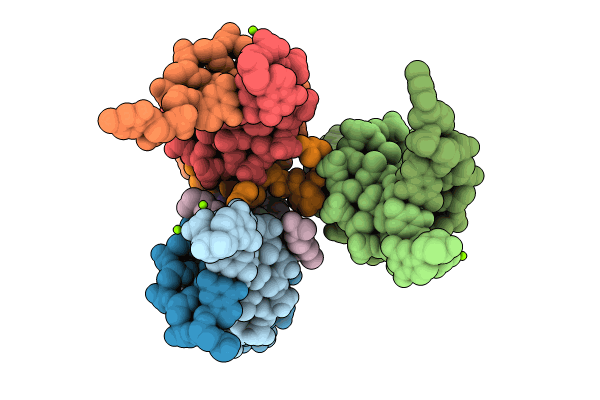
Deposition Date
2023-03-02
Release Date
2024-09-11
Last Version Date
2024-11-13
Entry Detail
PDB ID:
8CPG
Keywords:
Title:
Structure of the AT-Hook 1 peptide from the mammalian HMGA protein in complex with DNA
Biological Source:
Source Organism:
synthetic construct (Taxon ID: 32630)
Homo sapiens (Taxon ID: 9606)
Homo sapiens (Taxon ID: 9606)
Method Details:
Experimental Method:
Resolution:
1.40 Å
R-Value Free:
0.15
R-Value Work:
0.12
R-Value Observed:
0.12
Space Group:
P 32


